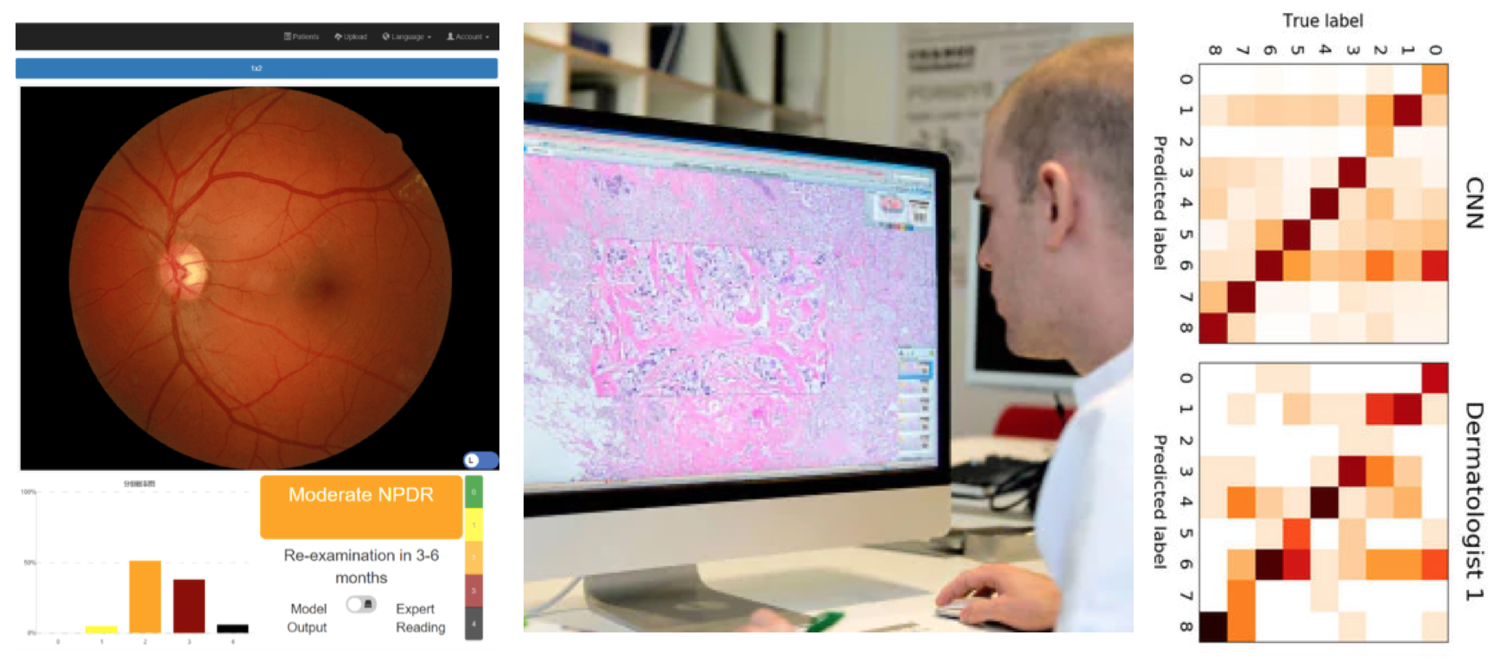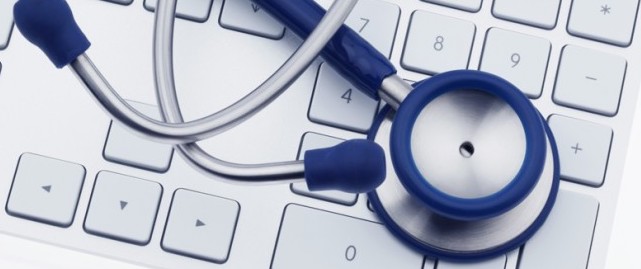Known as the father of personalized medicine, Dr. Ralph Snyderman remarked to me recently that healthcare is undergoing a transformational change facilitated by the upcoming generation. He described this change as twofold: first, from a more passive mindset to a more customer-first and proactive one, and second, from only seeing a patient when they are sick to personal health planning to prevent disease and improve well-being.
His observation echoes the push from younger generations for patient-centric care and preventative measures for long-term health. Traditionally, young adults had two main options for healthcare: stay on their parents’ plan and delay “health independence” for as long as possible, or remain uninsured until securing a job at an employer with health coverage. But now, as 47% of millennial Americans work freelance jobs that do not offer built-in care, and change jobs twice as often as their predecessors, they must evaluate the expanded set of options on the healthcare marketplace to choose and pay for their own care. Given that 37% of millennials rate the U.S. healthcare system as “poor or terrible”, there seems to be a glaring opportunity for change – but not much enthusiasm about its likelihood.
As this costly system attempts to reinvent itself, will it be able to address the needs of my demographic? What, exactly, will millennials expect in the next generation of healthcare services?
Healthcare players will win over our demographic not merely by reducing the time spent in the hospital waiting loop, but deepening the scale of our interaction – functionally, logically, emotionally, and visually.
Care at the tap of a button
Perhaps the most obvious adaptation healthcare players must make is a functional one: catering to the expectations of busy, always on-the go millennials. Aetna’s acquisition of CVS at the end of last year proved this thesis: an old giant expanding its Minute Clinic offerings in order to provide walk-in flu shots and quality on-demand care. Telemedicine further reduces this friction: companies like Pager, Spruce Health and Sherpaa Health’s apps provide instant feedback, or even relief, for the techie hypochondriac who is too impatient to schedule a far-out trip to the hospital. By providing services that are just as instant and convenient as the rest of our digital lives, companies can appeal to my generation, who are just starting to deal with our own healthcare.

Data & Automation: Show me you know me
The second cornerstone to building a long term relationship with millennial customers is appealing to their logic through streamlined, intuitive interfaces that our generation has been conditioned to expect. Given the prevalence of automation in the products we interact with in our lives, it’s especially jarring to be faced with outdated systems that require us to call or leave a voicemail to do something as simple as schedule an appointment. So many of the services competing for our attention – Instacart, Uber, Amazon Prime – all have the intent of making things easy for us, but healthcare puts the burden on the patient.
Thus, healthcare systems can begin to improve their offerings by automating unnecessarily costly workflows: Can pre- and post-discharge protocols be implemented via SMS? What digital platforms can be leveraged for fax-free procedure pre-authorization or paperless symptom tracking? How can a patient automatically find a list clinical trials they would be an ideal candidate for, without sifting through slow ACO databases to find the most up-to-date information?
Millennials expect apps and services to understand them, and assume that their data is used to help companies automatically learn their preferences. We want technology to figure out what we want and recommend it to us: DoorDash to figure out what dish we want to order for delivery, and Netflix to recommend the movie to watch afterwards. In other words, our benchmark for pledging our loyalty to a provider is “prove that you really know me”. Such personalization is only achievable through data, and in many ways, millennials may place more trust in our own data than they do in their insurer or doctor. During visits to the doctor’s office we are unlikely to take what we are told as the ground truth, but instead take ownership of our data and do our own research. We turn to Google for medical information – and we are twice as likely as previous generations to act on information found through the internet, including social media.
The AI will see you now
This reliance on technology also suggests that we are more open towards, and even excited by, the use of AI in medicine. Our parents’ generation might be alarmed at self-diagnosis via webMD or “robot doctors”, but AI-powered care is less alarming to us. A recently published piece the New York Times reported that AI software has already been put to good use in China’s medical system, where there are barely half as many doctors per 1000 people than in the U.S. With the Chinese government’s support, AI systems such as Tencent’s Miying are helping doctors detect early signs of cancer in over 100 hospitals nationwide. Sequoia China-backed VoxelCloud can diagnose diabetic retinopathy (the leading cause of blindness among China’s working-age population) from medical images in less than a minute, a diagnosis that used to take ophthalmologists up to two days.

Similar work is being undertaken in the U.S., such as Deep Patient, a deep learning model trained on over 700,000 individuals at Mt. Sinai that was able to predict onset of schizophrenia, a notoriously difficult disorder to predict. Another notable project is an AI created by computer scientist Sebastian Thrun and his team for melanoma diagnosis, where they found that a convolutional neural net was able to outperform expert dermatologists. Two recently funded startups bringing AI to cancer pathology include PathAI, founded by Harvard Medical School professors and PaigeAI, founded by digital pathologists from Memorial Sloan Kettering. Public and clinical interest in these projects reflect greater openness towards AI as a potential tool in the physician’s toolbox. After all, we are are the AlphaGo generation: in our lifetimes, we’ve seen the development of self driving cars with lower crash rates than average cars and an AI defeat the best Go player in the world.
In search of my own medical data
Data-driven medicine can also help providers tap into more emotional sensibilities of the millennial patient. We not only want to stay informed on our medical data but also want to generate new data to better understand ourselves and feel more in tune with our health. The consumer revolution in healthcare has only just begun – apps like Strava or myFitnessPal were the first wave. At-home tests can further the ability for consumers to make better-information decisions about their health.

In response to increasing demand for digital health products, and anticipating the rise of “software as a medical device”, the FDA created the Digital Health Software Precertification Program at the end of last year. Apple and Fitbit were part of the first cohort of 9 companies that the FDA granted Pre-Cert status to, and both companies have designed software that will enabled customers to extract their data from their wearable devices. For example, the direct EHR integration between Apple’s HealthKit and Epic puts more health records in the hands of the patient.
Empowered with this information, we can curate our wellness habits – essentially DIY-ing our own preventative care. We love getting our personalized daily vitamin prescriptions from Ritual or healthy smoothie deliveries from Daily Harvest. These wellness habits encompass and synthesize a new lifestyle, where diet, mental health, and self-care are at the forefront. The market for personal wellness is vast and growing: NPR reported that millennials spend twice as much as boomers on workouts, diets, and therapy. In particular, there has been a culture shift to recognize the importance of mental health, and the subsequent need for depression or anxiety solutions that patients can access anytime and anywhere. Startups like AbleTo and Quartet hope to work with providers to provide patients the counseling they need to be healthy in the long run.
Could we be evangelists?
Finally, employing on-trend branding techniques invites millennials to engage visually, and thus drives brand awareness. As direct-to-consumer businesses like Warby Parker and Casper have shown, in order to convert customers to evangelists, services must become personalized experiences from start to finish. Traditionally, healthcare has not been an industry that inspires loyalty or enthusiasm – but perhaps it can become one. Brand matters, and healthcare companies that combine highly functional processes with stylish branding will have the highest likelihood of onboarding and retaining customers. Youthful visuals subconsciously invite feelings of trust to an old industry most millennials are wary of, and ZocDoc is one such company employing this technique. With a new infusion of 130M in venture funding, the startup’s large sans serif, brightly colored advertisements on NYC subway signs is an effort to gain attraction among the younger demographic.

Third wave doctor services
Each generation comes with a new set of needs, and for millennials this is a shift in mindset marked by a desire to be more health conscious, an urge to conduct our own research beyond the once-a-year employer-covered checkup, and a predilection for fiscal transparency. This mindset is driving traffic towards “Third-wave doctor services”. Early stage startups that are exploring this market including Forward Health, founded by ex-Googlers, Iora Health, and Parsley Health. In this boutique membership model, patients are paired with a wellness team of doctors and health coaches, and are promised a more personalized and more fiscally transparent holistic service. Scaling this type of direct primary care has not yet been proven in the market, but is a step towards capturing the mindset of a younger generation.
So, if healthcare conglomerates can iterate quickly to capture the needs of the up and coming generation, they will have the opportunity to not just win over new customers but also provide care at an unprecedented quality and re-establish their trustworthiness. With healthcare, it shouldn’t be blind luck if customers are able to receive the occasional good experience, but instead an anomaly if the experience is not patient-first. Amazon’s recently announced healthcare collaboration with JP Morgan and Berkshire Hathaway is already taking a stab at the old order, and will hopefully spur existing healthcare insurers and providers to rethink the inefficiencies of the healthcare system and consider the recommendations of a new generation of customers. It will be up to healthcare players to craft patient-at-the-center-healthcare offerings that are up to the standards of our digital generation.
And until then, I guess Gen Z can store their DNA on the blockchain.
You might also like:
Millennials Are Leaving Desk Jobs for This Surprising Profession


